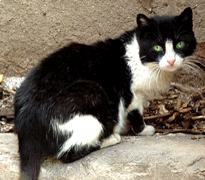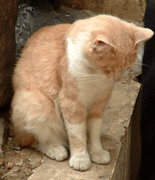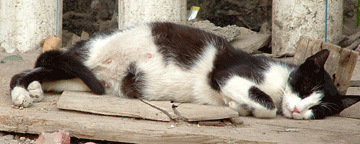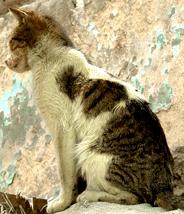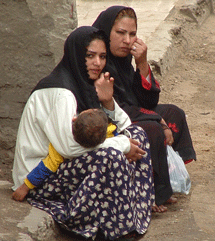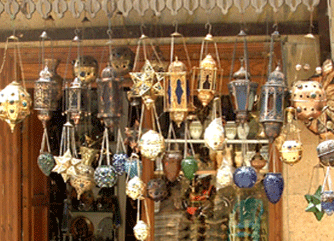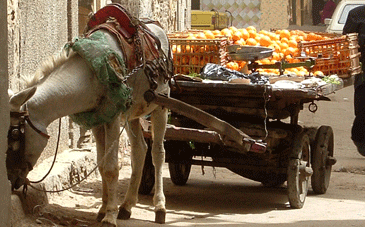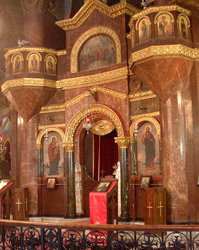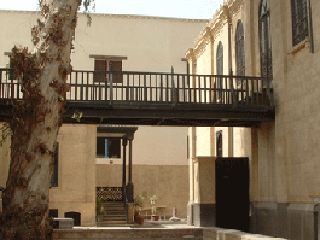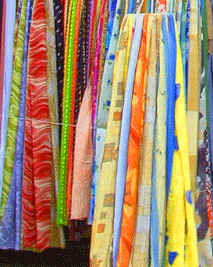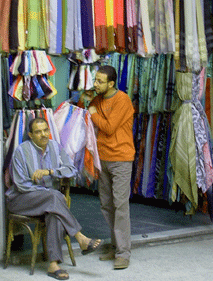|
|
|
through them, trying to choose, but mostly imagining these people who are now dead, and the lives that they lived in Egypt eighty years ago. There’s something strange to me about seeing a photo of a person, or even an animal, that I know must be dead now. That beautiful boy carrying a jug of water – he never imagined that long after he was gone foreigners from places he might never have even heard of would look at his smiling face and wonder what became of his life.
Leaving the bookshop, I wandered past shops selling clothing, shoes, stationery, electronics, housewares – everyday parts of modern life. Straying into an alley of shops in a building, I realized it was a whole market devoted to headscarves. Most Egyptian women cover their heads now, and scarves have become very big business. I was fascinated. These were cheap scarves of synthetic fibers, the most expensive perhaps LE 25 or 30 – five dollars. Many were a bit drab for my tastes – modest women wear black or tan or navy blue, or mixes of somber hue. Some were flamboyant though, and as I picked through the offerings in front of the shops I quickly saw patterns and found my favorites. The peach and rose colored scarf covered with drawings that reminded me in of the illustrations in a book I’d had as a child. The chiffon-like scarves in brilliant colors, two layers woven together at the ends with gold or silver threads drifting between the layers. Solid colored scarves in turquoise and blue and pink and cream, with patterns woven into the threads. Dozens of women browsed through the scarves as well, picking out the right color for a new dress, the sparkling scarf for an evening out, or the ordinary one to wear to work. Headscarves may be a religious statement, but they are a fashion statement as well – and much more affordable than a new outfit. I left without any, though. In their profusion they were enchanting, but on their own none was really worth adding to my life.
Continue to the next entry.
Return home.
Unless otherwise indicated all text and photos on this site ©Joy E. Hecht. |
